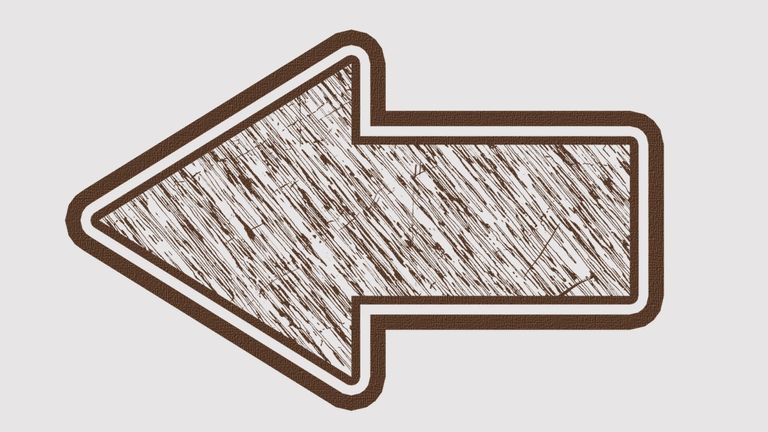
Fuente/Source
Los millennials y generaciones anteriores a la mía, somos testigos de la evolución de la tecnología en cuanto al uso de los teclados e impresión de escritos en papel. Me enseñaron taquigrafía y también tuve aquellos cachivaches con tipos mecánicos que luego avanzaron a estructuras electrónicas para aprender mecanografía. Hasta ahora conservo mi máquina de escribir y la atesoro como un recuerdo del progreso, pero también como un objeto decorativo vintage con el que puedo presumir un poco diciéndoles a mis hijos: "yo sí utilicé este aparato que para ustedes es obsoleto."
Millennials and generations before mine are witnesses to the evolution of technology in terms of the use of keyboards and printing of documents on paper. I was taught shorthand and I also had those gadgets with mechanical type that later advanced to electronic structures to learn typing. To this day I still keep my typewriter and I treasure it as a reminder of progress, but also as a vintage decorative object with which I can brag a little by telling my children: "I did use this device that for you is obsolete."
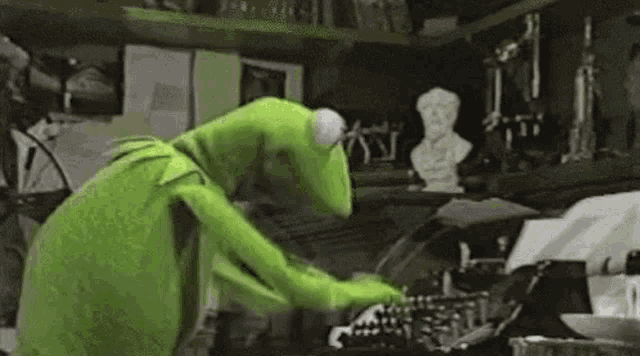
Cuando empecé a escribir en un teclado electrónico de computadora, nunca me detuve a pensar en su origen. Era simplemente una herramienta más de modernidad que aligeraba las cosas, como lo hace el lápiz o el papel, pero con el tiempo, la curiosidad me llevó a preguntarme: ¿por qué están acomodadas así las letras? ¿Por qué no en orden alfabético? ¿Por qué este diseño se ha mantenido por tanto tiempo siguiendo con el mismo modelo de distribución que las máquinas de escribir mecánicas?
When I first started typing on an electronic computer keyboard, I never stopped to think about its origin. It was simply another modern tool that made things easier, just like a pencil or paper, but over time, curiosity led me to ask myself: why are the letters arranged like this? Why not in alphabetical order? Why has this layout been maintained for so long, following the same distribution model as mechanical typewriters?
De acuerdo a lo investigado, la historia del teclado QWERTY comienza en el siglo XIX, cuando Christopher Sholes, un periodista y editor estadounidense, desarrolló una de las primeras máquinas de escribir junto a sus socios Carlos Glidden y Samuel W. Soulé. En un principio, las teclas estaban organizadas en orden alfabético, pero pronto surgió un problema: cuando los mecanógrafos escribían rápido, los martillos de las letras chocaban y se atascaban. Para solucionar esto, Sholes diseñó una nueva disposición de teclas con la ayuda de un estudio sobre la frecuencia de uso de las letras en inglés. Separó las combinaciones más comunes y distribuyó las teclas de manera que redujeran los atascos. Así nació el teclado QWERTY, llamado así por las primeras seis letras de la fila superior.
According to research, the history of the QWERTY keyboard begins in the 19th century, when Christopher Sholes, an American journalist and editor, developed one of the first typewriters with his partners Carlos Glidden and Samuel W. Soulé. Initially, the keys were arranged in alphabetical order, but a problem soon arose: when typists typed quickly, the hammers of the letters collided and jammed. To solve this, Sholes designed a new key layout with the help of a study of the frequency of use of English letters. He separated the most common combinations and distributed the keys in a way that would reduce jamming. Thus the QWERTY keyboard was born, named after the first six letters in the top row.
La máquina de escribir con este diseño fue comprada y comercializada por la empresa Remington en 1873, y su éxito selló el destino del teclado. Aunque con el tiempo surgieron diseños más eficientes, como el Dvorak, la industria y la costumbre mantuvieron a QWERTY en el trono. En la actualidad, más de un siglo después, seguimos usando un teclado que nació para solucionar un problema mecánico que ya no existe. Es una prueba de cómo algunas decisiones del pasado pueden moldear el futuro de maneras inesperadas. Y aunque haya opciones más modernas, el QWERTY sigue siendo el rey de la adaptaciones y facilidades.
The typewriter with this layout was purchased and marketed by the Remington Company in 1873, and its success sealed the fate of the keyboard. Although more efficient designs such as the Dvorak emerged over time, industry and custom kept QWERTY on the throne. Today, more than a century later, we still use a keyboard that was born to solve a mechanical problem that no longer exists. It is proof of how some decisions from the past can shape the future in unexpected ways. And although there are more modern options, QWERTY remains the king of adaptations and ease.
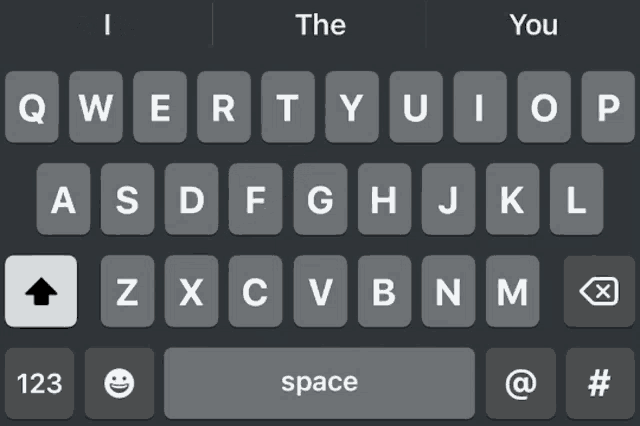
Nunca le damos la importancia que merece, pero ahí está, en la esquina superior derecha del teclado, esperando corregir nuestros errores sin que lo pensemos dos veces. La tecla Backspace es la salvadora silenciosa de cada texto mal escrito, de cada palabra equivocada, de cada idea que cambia de rumbo en medio de una oración. Es la tecla que nos permite borrar el pasado inmediato, un pequeño botón con el poder de deshacer lo que acabamos de escribir.
We never give it the importance it deserves, but there it is, in the upper right corner of the keyboard, waiting to correct our mistakes without us thinking twice. The Backspace key is the silent savior of every poorly written text, of every wrong word, of every idea that changes direction in the middle of a sentence. It is the key that allows us to erase the immediate past, a small button with the power to undo what we have just written.
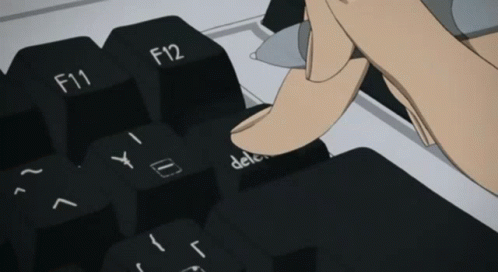
En sus inicios, las máquinas de escribir no tenían una tecla que permitiera eliminar caracteres. Si un mecanógrafo cometía un error, tenía que empezar de nuevo, usar cinta correctora o, en algunos casos, simplemente tachar la equivocación. Con la llegada de los primeros procesadores de texto y los teclados electrónicos, Backspace se convirtió en una herramienta indispensable, permitiéndonos borrar una letra a la vez con solo presionarla. Su función es sencilla: elimina el carácter anterior al cursor, pero su impacto es enorme porque nos da la libertad de equivocarnos sin consecuencias permanentes, nos permite reformular una frase sin arrancar la hoja y empezar de cero. Es una aliada del perfeccionismo y una enemiga del descuido.
In the early days, typewriters did not have a key that allowed you to delete characters. If a typist made a mistake, he or she had to start over, use correction tape, or in some cases simply cross out the mistake. With the advent of the first word processors and electronic keyboards, Backspace became an indispensable tool, allowing us to delete one letter at a time with a single press. Its function is simple—it deletes the character before the cursor—but its impact is enormous because it gives us the freedom to make mistakes without permanent consequences, it allows us to rephrase a sentence without tearing out the page and starting from scratch. It is an ally of perfectionism and an enemy of carelessness.
Ahora, imagina por un momento que la tecla Backspace no existiera. Cada error tipográfico quedaría plasmado en la pantalla sin posibilidad de corrección inmediata. Tendríamos que usar el cursor para seleccionar y borrar manualmente cada equivocación, haciendo el proceso de escritura más lento y tedioso, o peor aún, podríamos terminar con un texto lleno de errores, reflejando cada tropiezo de nuestros dedos sin remedio.
Now, imagine for a moment that the Backspace key didn't exist. Every typo would be left on the screen with no immediate correction possible. We'd have to use the cursor to manually select and erase each mistake, making the typing process slower and more tedious, or worse, we could end up with a text full of errors, reflecting every stumble of our fingers without remedy.
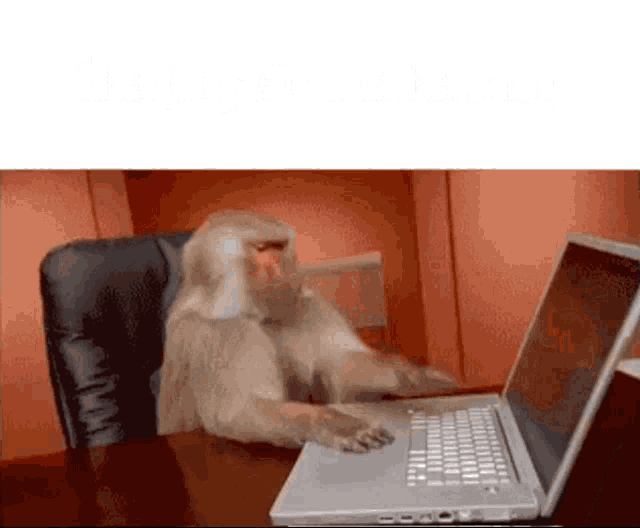
No solo afectaría la mecanografía cotidiana, sino también la forma en que pensamos y estructuramos nuestras ideas. Escribir sin Backspace nos obligaría a ser más cuidadosos, a planificar cada palabra antes de presionarla. Tal vez incluso cambiaría nuestra relación con la escritura, haciéndonos más conscientes de cada tecla que pulsamos. Creo que a veces, lo más pequeño es lo más esencial y, aunque pocas veces lo notamos, Backspace está ahí, lista para darnos una segunda oportunidad, una y otra vez.
It would not only affect everyday typing, but also the way we think and structure our ideas. Typing without Backspace would force us to be more careful, to plan each word before we press it. Maybe it would even change our relationship with writing, making us more aware of each key we press. I believe that sometimes, the smallest things are the most essential, and even though we rarely notice it, Backspace is there, ready to give us a second chance, again and again.
Cuando me puse a escribir un borrador de ideas sueltas sobre mis historias, tuve una sensación rara al presionar la tecla Backspace. Entendí que no se trata de un simple gesto mecánico, sino una pausa, un momento para reconocer que algo no salió como esperaba, eso me llevó a comprender que se trata de un recordatorio de que puedo corregir, de que no todo está escrito en piedra o en tinta indeleble. Y en la vida, ¿acaso no pasa lo mismo?
When I started writing a draft of some loose ideas about my stories, I had a strange feeling when I pressed the Backspace key. I understood that it is not a simple mechanical gesture, but a pause, a moment to recognize that something did not turn out as I expected. This led me to understand that it is a reminder that I can correct, that not everything is written in stone or in indelible ink. And in life, doesn't the same thing happen?
Nos enseñan a avanzar, a no mirar atrás, a seguir adelante sin titubeos. Pero, ¿qué pasa con los errores que dejamos atrás, con las palabras mal dichas, con las promesas rotas? A veces, la única manera de seguir avanzando es deteniéndonos primero, enfrentando lo que hemos evitado, retrocediendo a esos momentos donde nos equivocamos para poder escribir nuestra historia de nuevo, esta vez con más claridad.
We are taught to move forward, not to look back, to keep moving forward without hesitation. But what about the mistakes we leave behind, the wrong words, the broken promises? Sometimes the only way to keep moving forward is to stop first, to face what we have avoided, to go back to those moments where we made mistakes so we can write our story again, this time with more clarity.
Volver sobre nuestros pasos no es sinónimo de fracaso. Es un acto de valentía. Es reconocer que no siempre tuvimos la razón, que lastimamos sin querer o que tomamos un camino que no nos llevaba a donde realmente queríamos estar. Así como la tecla Backspace nos permite borrar una letra y reemplazarla por otra, la vida nos da la oportunidad de corregir nuestras decisiones, de pedir disculpas, de reconciliarnos con quienes dejamos atrás, incluso con nosotros mismos.
Retracing our steps is not synonymous with failure. It is an act of courage. It is recognizing that we were not always right, that we hurt others unintentionally or that we took a path that did not lead us to where we really wanted to be. Just as the Backspace key allows us to erase a letter and replace it with another, life gives us the opportunity to correct our decisions, to apologize, to reconcile with those we left behind, even with ourselves.
Pero hay algo curioso en esto: la tecla Backspace no elimina todo de un solo golpe. Se necesita paciencia, pulsación tras pulsación, para deshacer lo que fue escrito. Y así es en la vida. No basta con un simple "lo siento" o con un intento fugaz de cambiar. Corregir toma tiempo, requiere esfuerzo y, sobre todo, sinceridad con nosotros mismos. Puede que el verdadero problema no sea cometer errores, sino creer que no podemos hacer nada al respecto con ellos para que desaparezcan de nuestra vida. Si Backspace nos ha enseñado algo, es que siempre podemos borrar y volver a escribir.
But there's a funny thing about this: the Backspace key doesn't delete everything in one fell swoop. It takes patience, keystroke after keystroke, to undo what was written. And that's how it is in life. A simple "I'm sorry" or a fleeting attempt to change isn't enough. Correcting takes time, effort, and, above all, honesty with ourselves. The real problem may not be making mistakes, but believing that we can't do anything about them so that they disappear from our lives. If Backspace has taught us anything, it's that we can always delete and rewrite.
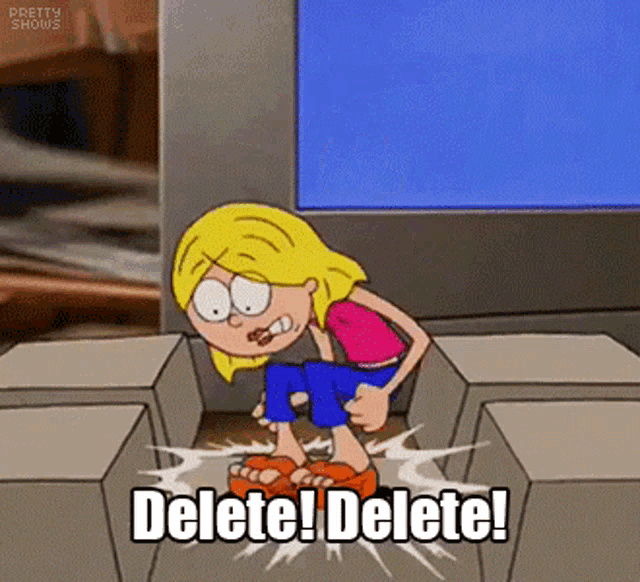
Creo que lo que voy a escribir en negrita para terminar con mi publicación se trata de una realidad y secreto de la vida que a veces pasa desapercibido en el día a día: en la pantalla y en la vida, siempre hay espacio para una nueva oportunidad.
I think what I am going to write in bold to end my post is about a reality and secret of life that sometimes goes unnoticed in everyday life: on the screen and in life, there is always room for a new opportunity.

Creo que hasta aquí llegaré con mi reflexión personal el día de hoy, sin antes decirles que la traducción al inglés de esta publicación la realicé con ayuda de una inteligencia artificial. Gracias por acompañarme en la lectura de principio a fin. Quiera mi Amo, Creador y Sustentador permitirnos a mi esposo y a mí compartir con ustedes en una nueva oportunidad que se nos otorgue la vida.
I think this is where I will end my personal reflection today, without first telling you that the translation into English of this post was done with the help of artificial intelligence. Thank you for accompanying me in reading it from beginning to end. May my Master, Creator and Sustainer allow my husband and I to share with you in a new opportunity that is granted to us in life.
Un fuerte abrazo y que tengan un excelente inicio de semana, con paz por todo rincón.
A big hug and have a start of the week, with peace in every corner.
Atte,
La familia RebeJumper / The RebeJumper family ©
